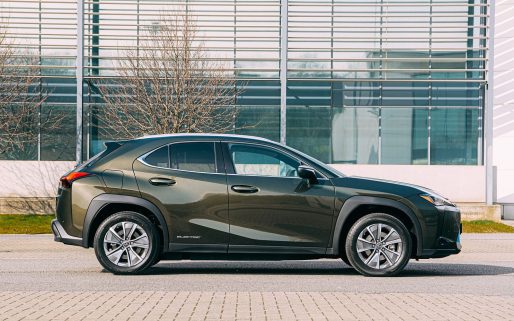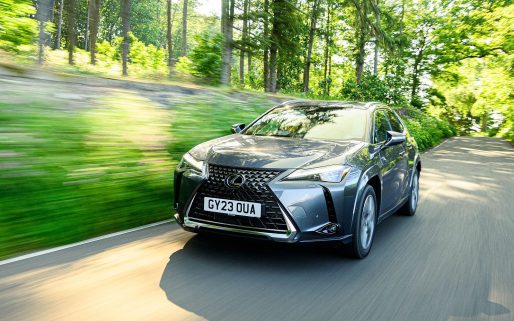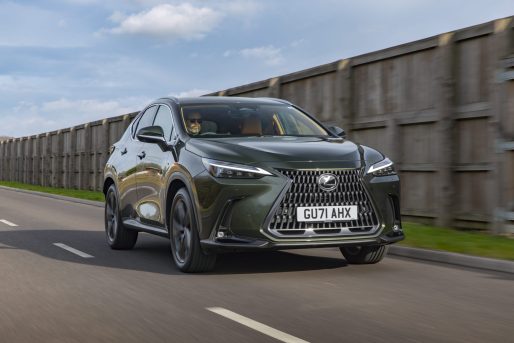The Lexus UX Concept presents our vision of a compact SUV of the future. Penned by ED2, our European design centre in the South of France, and premiering at the 2016 Paris motor show, it marks a new step in the company’s design history.
“The biggest challenge for any designer is to create something new and original, yet with relevance to both the customer and the brand. Overall, this is a product that gives another hint of the potential for Lexus’s design approach to satisfy those criteria; the expression of a progressive, strong, yet artistic and premium product which further enhances Lexus’s unique and challenging brand position.”
Simon Humphries, President, ED2
The Lexus UX Concept draws on our unparalleled expertise in the SUV market. Yet at the same time, it powerfully reinterprets Lexus design signatures and reflects the brand’s determination that each of its models should possess a stand-alone character. This is backed by a strong concept and innovative, forward-thinking technologies that provide occupants with a fully immersive experience.
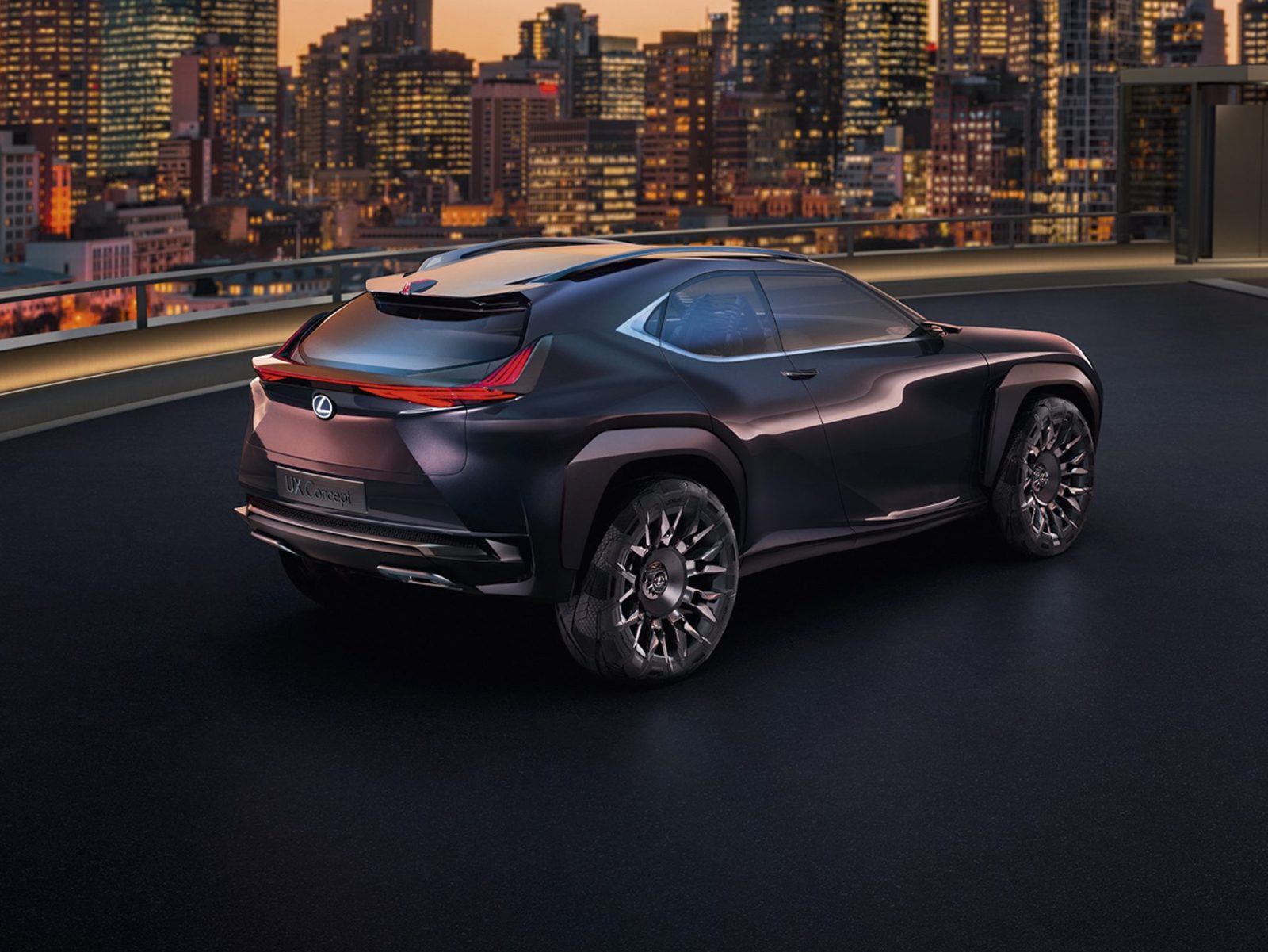
The Lexus UX Concept highlights Lexus’s intention to attract an ever-wider group of new, younger, always-connected urban customers – ‘Urbanites’ – to the brand for the first time. It also aims to capture the interest of premium model customers looking to downsize without compromising on comfort, driving position and space.
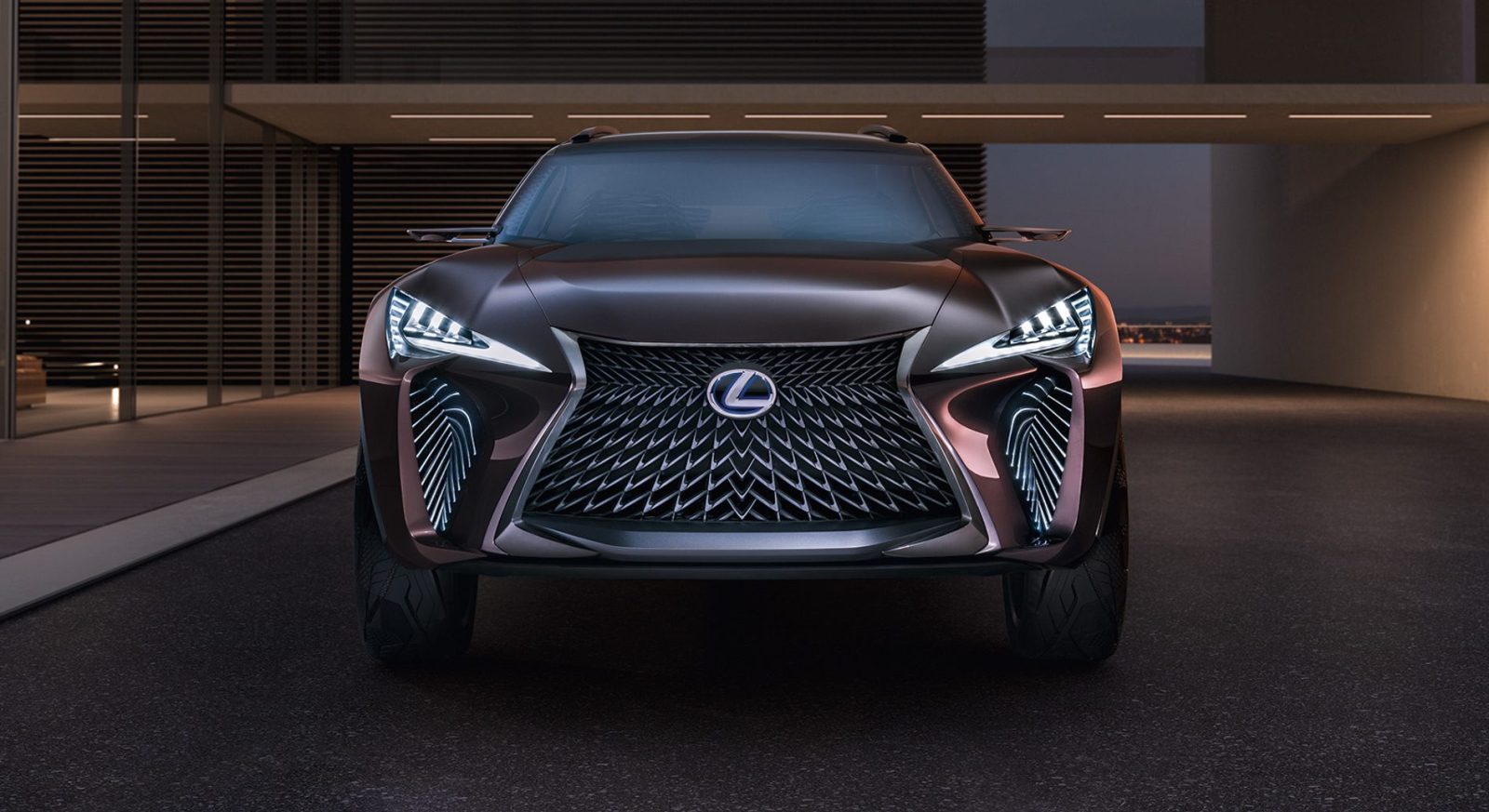
UX Concept: radical compact crossover packaging
“Our brief was to create a new genre of the compact crossover, a vehicle that could possess the user experience and create something unique from a customer’s point of view. Inspiration came from many sources, but principally from the key phrases representing the character of the car – “robust yet agile” and “in-and-out styling concept”. We were looking for inspiration representing the synergy of contrasting values, in architecture, fashion design and nature, with a view to fusing lightness and structural, artistic and emotional values.”
Stefan Rasmussen, Exterior Designer, ED2
The UX Concept is a new kind of four-seat crossover which contrasts the almost brutal appearance and 4×4 presence of an off-roader with a low ground clearance and coupe-like driving position. This reinforces the promise of dynamic performance that’s embedded in the design’s compact packaging.

UX Concept: unique ‘inside-out’ design concept
“The inside-out concept came from a lot of discussions within the team. We wanted to show the human-centric aspect of the concept in a visually as well as philosophically strong way. A strong symbiosis between the exterior and interior was felt to be important by all the designers involved. It was a key goal to create anticipation from the exterior, which could then have a visual link and expand into the interior.”
Alexandre Gommier, Interior Designer, ED2
A futuristic ‘inside-out’ concept lies at the heart of the design, creating a strong synergy between the exterior and interior styling.
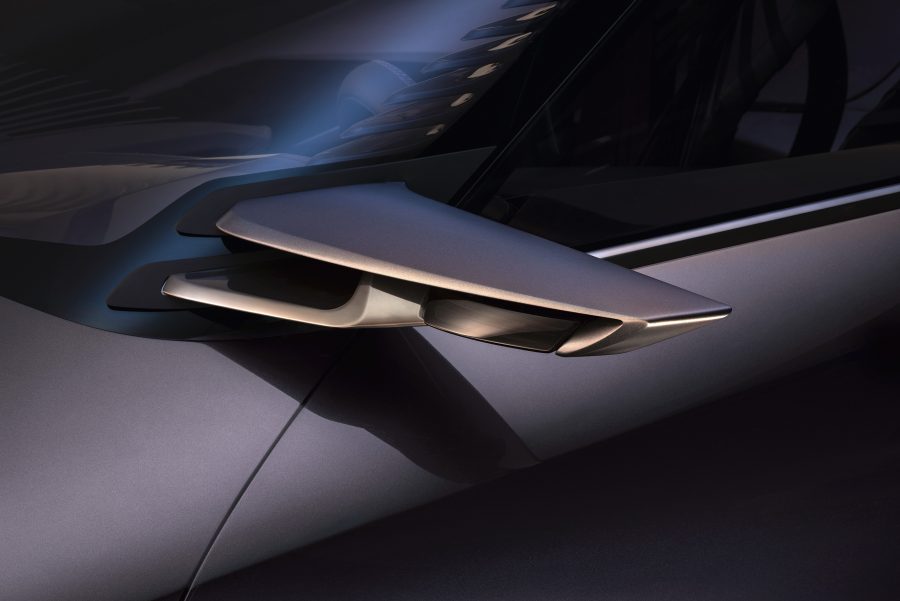
An example of this can be seen at the front, where the wings flow seamlessly into the cabin to form housings for e-mirror screens that display images from the door-mounted, rear-facing cameras. Similarly at the rear, the bodywork flows into the cabin, where it forms the main structure of the rear seat headrests.
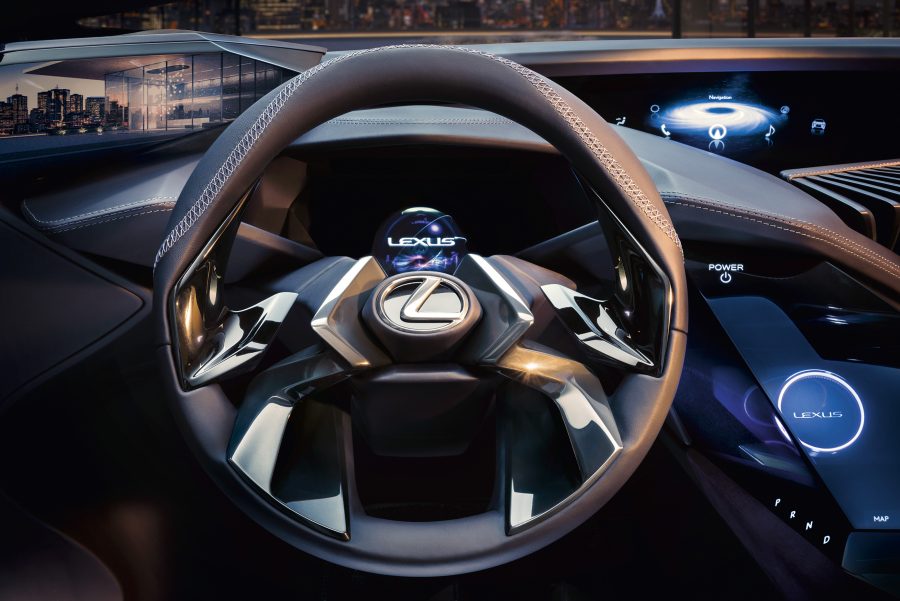
Innovative details continue the ‘inside-out’ concept. For instance, the L-shape daytime running lights, traditionally located below the main headlamp structures, are positioned so they pierce them. The rear lamp design also has a strong three-dimensional treatment and is integrated in the rear spoiler.
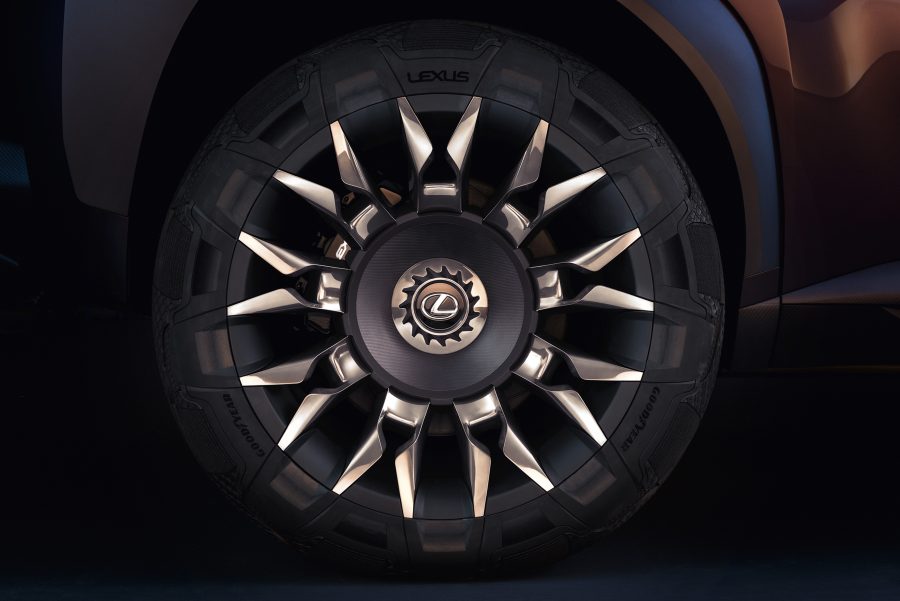
Even the tyres blur the boundaries of materials technology. The rubber is carved by laser so that the wheel spokes visually continue into the side walls, resulting in a wheel and tyre combination that appears to be one piece rather than separate elements.
Visible inner skeleton
The ‘inside-out’ styling theme is further emphasised by the wheel arches, roof bars and door cameras. All are finished in the same material and represent a form of continuous bone structure; the inner skeleton of the vehicle comes into view as, for instance, the roof bar penetrates the cabin – creating the A-pillar structure – and re-emerges as the door camera mounting.

The A-pillars themselves appear to be see-through, again altering the boundary between exterior and interior. While a fully transparent polycarbonate A-pillar is feasible, the UX Concept uses polycarbonate fins attached to an aluminium member.
UX Concept: highly sculptural, fluid design
“We worked extensively in clay as well as with digital methods, not to be the most efficient, but to be able to achieve the best quality of surfacing and design. Having a highly skilled Takumi clay modelling team on the project allowed us to explore many ways to create the beautiful surface interactions that are a key element in this design’s muscular yet elegant boldness.”
Stefan Rasmussen, Exterior Designer, ED2
Further evolution of the Lexus spindle grille marks an important step forward, where the whole volume surrounding the grille creates the identity of the vehicle. It creates a more three-dimensional starting point, which then informs the shape of the bodyshell.
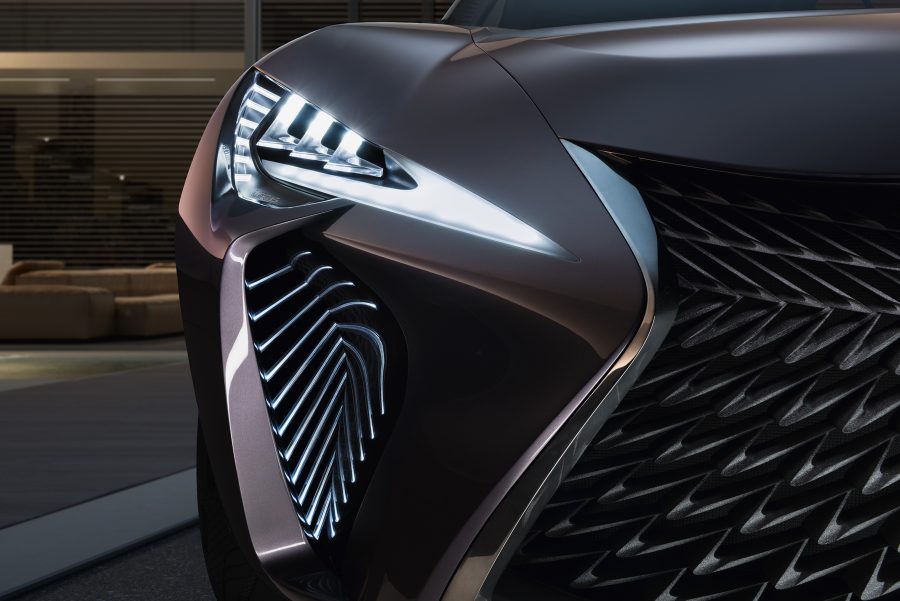
Key external elements are linked together by highly sculptural, sensual surfacing, reminiscent of classic sports cars. This architecture is unique to Lexus, the strong horizontal dynamic of the design is achieved through volume rather than merely character lines.
This horizontal design quality is further emphasised by the length of the bonnet, while the peak of the cabin is deliberately set far back to create a dynamic, characterful profile.
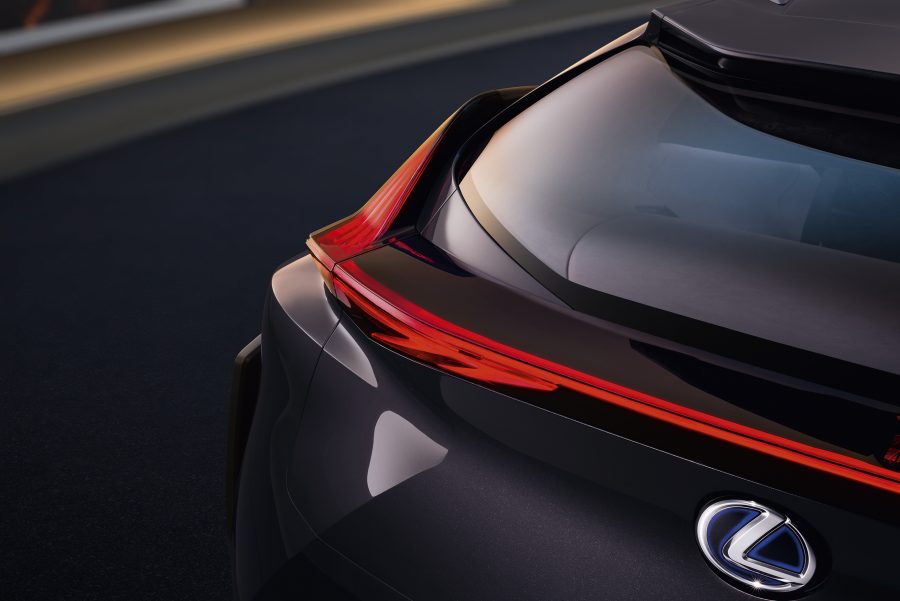
UX Concept: two perceptions of luxury in a single cabin
The front section of the cabin represents agile sophistication and driver engagement; the dark colour communicates a premium, driver-focused environment. The rear, however, is styled as a welcoming sofa that wraps into the rear-hinged rear doors; the contrasting colour scheme provides the ambience and spaciousness of a luxury SUV. The two areas are linked by a floating, central-axis console that extends the full length of the cabin.

The second key principle employed in interior design is ‘deconstruction’. So in place of a conventional dashboard, sharp, angular forms overlap and flow past each other to generate an interplay of shadows and contrasts. It makes it difficult to discern where they begin or end, reinforcing the mystery of the ‘inside-out’ approach.
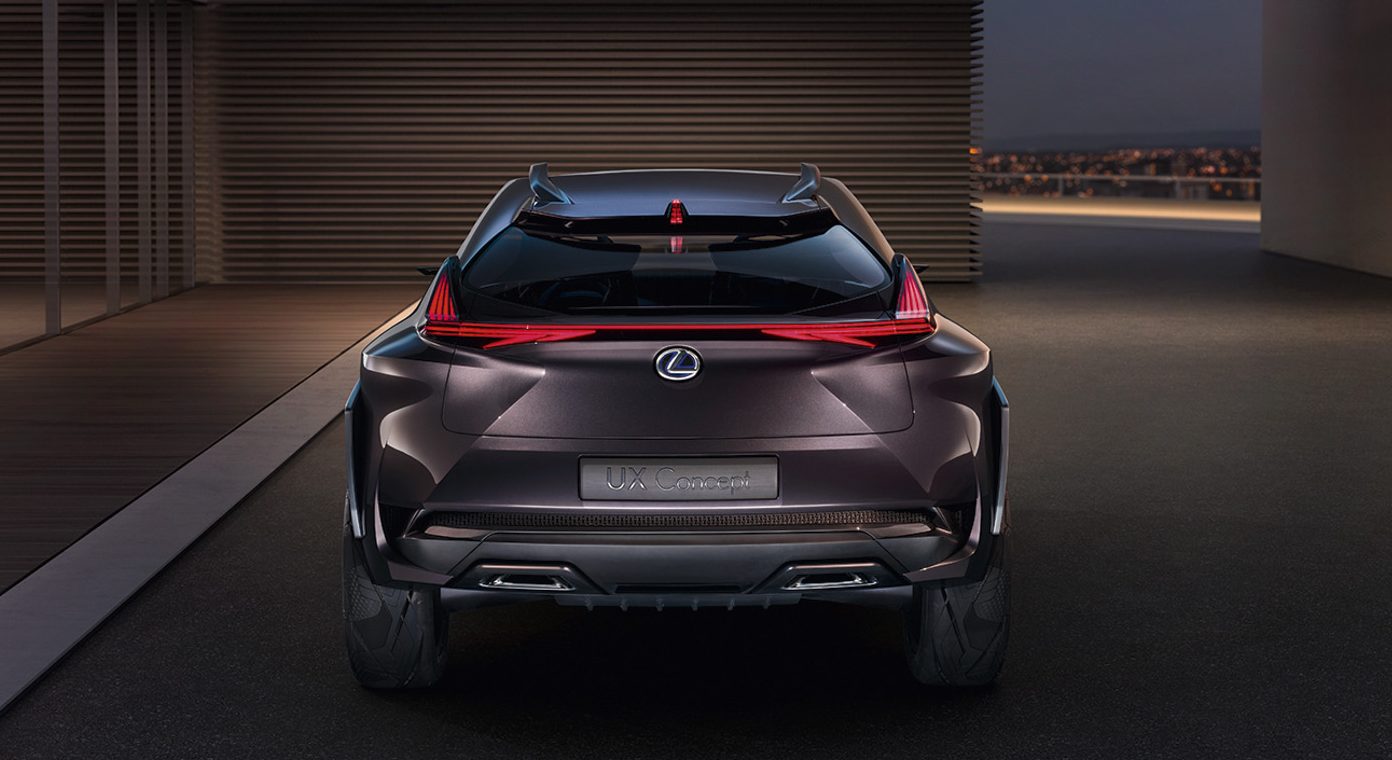
Such indirect expression – the premise that you don’t actually need to be able to see something to understand that it is there – lies at the heart of Lexus’s L-finesse design philosophy.
Latest advances in electrical technology
The Lexus UX Concept adopts advanced electrical technology, such as electrochromic windows and slim e-mirror camera housings instead of conventional door mirrors.
E-mirror images are displayed on internal screens, integrated in a way that is not simply a design detail but informs the entire ‘inside-out’ deconstructed architecture of the dashboard.
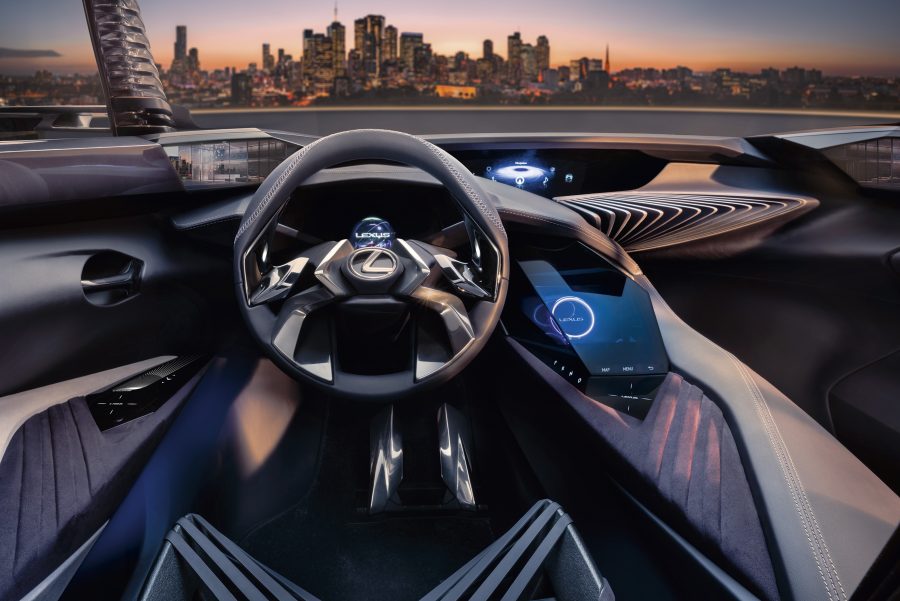
All the switchgear is electrostatic and housed beneath transparent covers. The front seat passenger experiences the instrument panel in a different way from the driver, using a separate centre display trackpad control built into the door armrest panel.
Finally, the fin motif of the A-pillar is repeated in a new audio experience targeting younger Lexus customers – a demountable sound bar built into the side of the dashboard.
Technical specifications
| Length (mm) | 4,400 |
| Height (mm) | 1,520 |
| Width (mm) | 1,900 |
| Wheelbase (mm) | 2,640 |
| Seating capacity | 4 |
| Wheels | Unique-design 21-inch with wheel fusion 255/50R21 tyres |
All information was correct at the time of publishing.

